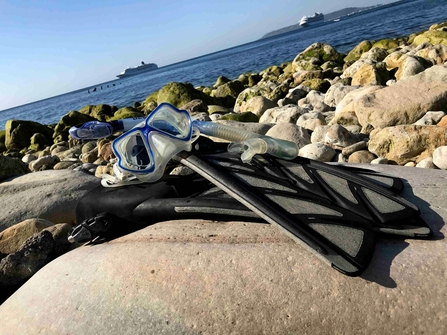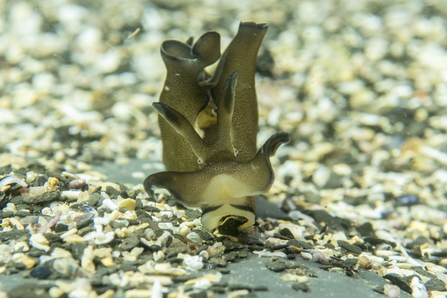Being furloughed from my job with Dorset Wildlife Trust has been both a blessing and a curse. I run the Wild Seas Centre on the shoreline in Dorset. Under strict lockdown restrictions, the first few weeks were tough. I worried about the visitor centre and what might happen in my absence. More than that, I could no longer get my daily dose of Vitamin Sea. Normally, my leisure time mirrors my work time – spreading the word about the beauty and variety of wildlife in our British seas. So I began a weekly blog, sharing my thoughts and experiences of marine wildlife. Just spending time focussing on the sea made life easier.
With camera in hand, furlough has given me time to capture the summer activities happening out of sight beneath the waves.
With the gentle easing of lockdown in May I was able to get back to exploring the shores and shallows along my stretch of coast. With camera in hand, furlough has given me time to capture the summer activities happening out of sight beneath the waves. I have appreciated the freedom of being able to dive more – up to 4 times a week when conditions were good. I decided to use this precious time to stock up on inspiration, experiences and photographs for when I got back to work.




